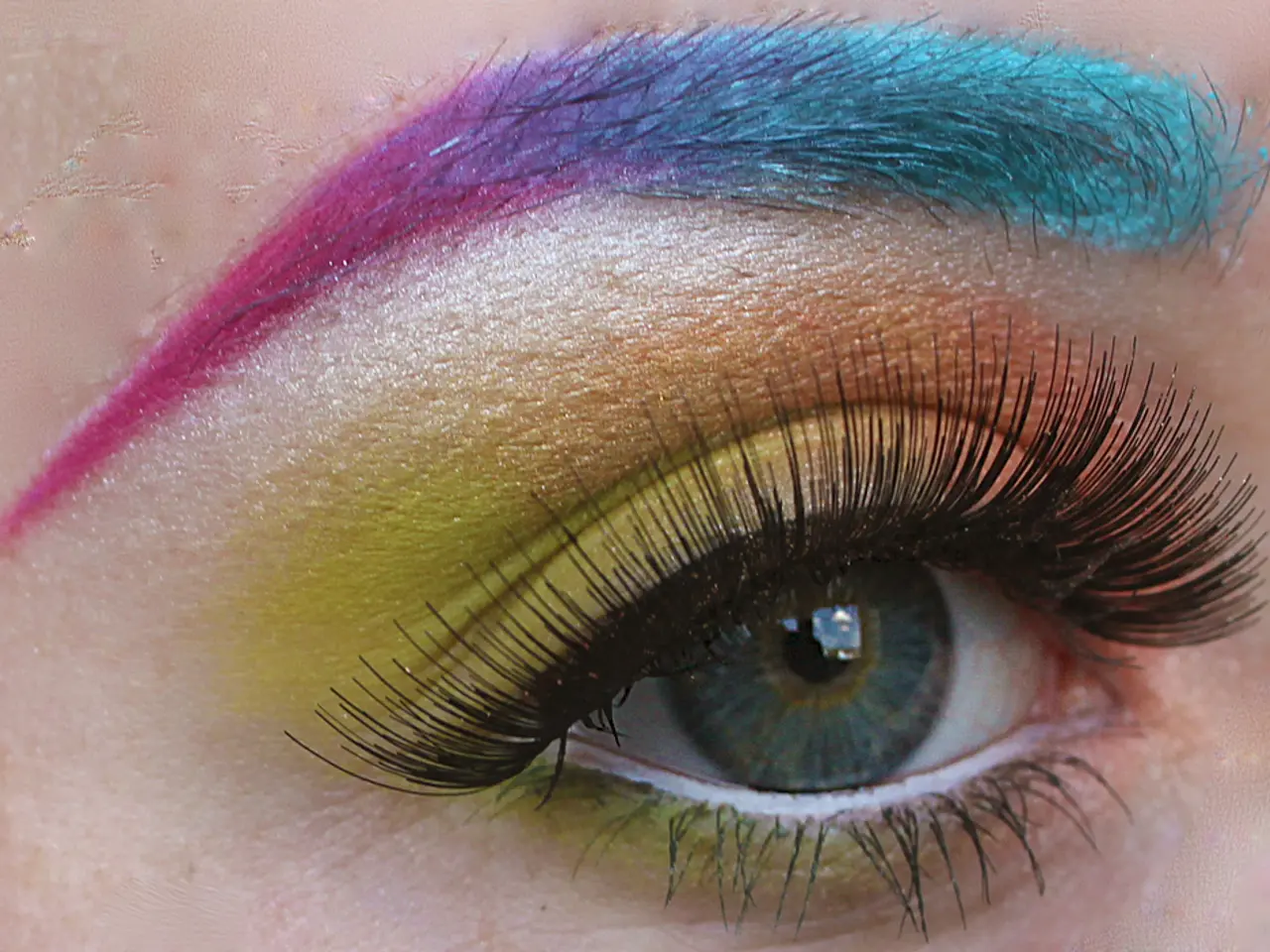The Age-Old Question Concerning the Similarity of Red Hues Receives a Scientific Reply, Altering Our Perception of Color Characteristics
In a groundbreaking study, a team of neuroscientists led by Michael Bannert and Andreas Bartels at the University of Tübingen and the Max Planck Institute have uncovered surprising similarities in how the human brain processes color. Their findings, published in the Journal of Neuroscience, suggest that the way we perceive and interpret colors may be more consistent across individuals than previously thought.
The study involved 15 volunteers with normal color vision who looked at shifting rings of color while inside an fMRI scanner. The participants were asked to focus on the changing colors and ignore any patterns or shapes. The researchers mapped each participant's retinotopy, the layout of how their visual cortex corresponds to the visual field, to ensure that the brain activity they were observing was directly related to color perception.
The team used a linear classifier to predict which colors other participants were seeing based on their brain activity. The results were striking: the color and brightness could be decoded across different brains with high accuracy in multiple regions of the visual cortex. The color biases found in the study were area-specific yet conserved across individuals, indicating a shared organization in how the brain processes color.
Jenny Bosten, a color-vision scientist at the University of Sussex, found the results surprising due to the idea of brain cells being biased towards particular colors not fitting with the current theory of how areas of visual cortex process color. However, the study's findings suggest that when someone sees red or green or any color, it activates their brain similarly to another person's brain.
The implications of this research extend beyond brain-reading party tricks. The study's results could have implications for understanding the evolutionary code behind shared shades. The crimson streaks in a sunset likely activate the same neighborhoods of the visual cortex in different individuals, suggesting a functional or evolutionary organization pressure that remains to be elucidated.
The new research grounds color experience in shared brain patterns, but does not end the philosophical debate about qualia. We may never be able to compare the raw feeling of color by climbing inside each other's heads, but thanks to neuroscience, we now know that beneath the surface, our minds are painting with a surprisingly common palette.
The 'dress' illusion, which went viral due to differences in color perception, highlights the challenges in pinning down color interpretation scientifically. However, the latest results on the investigation of agreement in color perception by neuroscientists may help us better understand these differences and the underlying mechanisms that drive them.
The study's findings add to a growing body of evidence that our brains are more interconnected than we might think. As we continue to unravel the mysteries of the human mind, we may find that we are more alike than we ever imagined.




